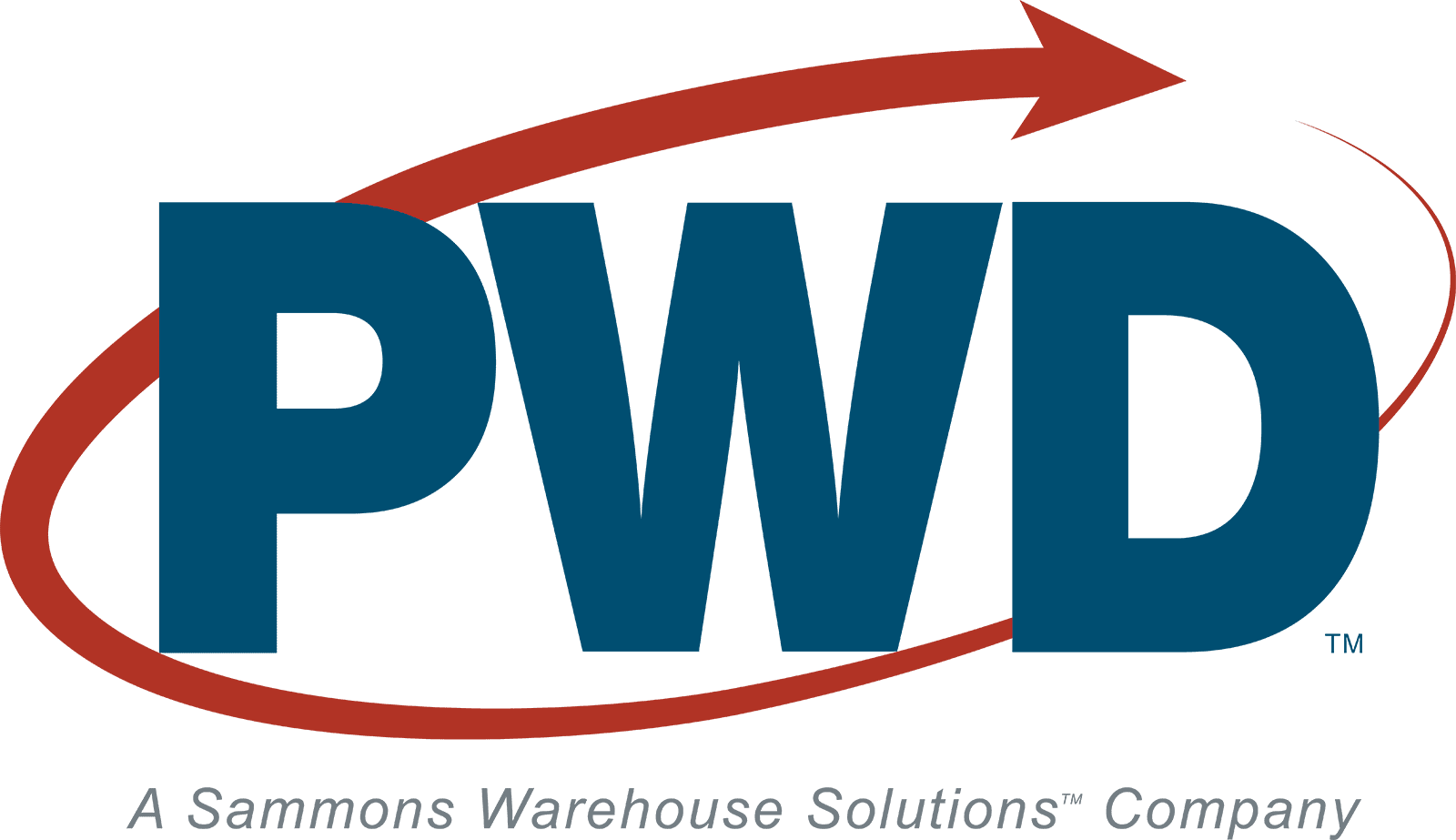With increased demands for warehousing space, optimizing processes through automated solutions is more important than ever for the industry. Thankfully, warehouses, manufacturing, and other product and storage facilities have more options than ever before when it comes to better utilizing warehouse space. The various types of industrial shelving and storage solutions, including automated picking systems, bolster efficiency and will likely alter many of the following statistics in the coming days!
The following ten warehouse industry statistics show the impact automated systems currently have on the warehousing industry. In a growing industry that constantly evolves with new products and automation solutions, these statistics will likely change as we push forward, so keep an eye out for future updates from Precision Warehouse Design!
Top Warehouse Industry Statistics
At Precision Warehouse Design, we’re passionate about warehouse efficiency through automated storage solutions, conveyor systems, pallet racking systems, warehouse software systems, and so much more.
Part of that passion revolves around watching the ever-changing warehouse environment nationwide. That’s why we spent time researching and gathering the following statistics for you!
1. The global warehousing market is projected to reach $41 billion in 2027.
There’s no question that the warehousing market is booming, with projections stating that it will reach $41 billion in global market value in 2027. These projections represent a compound annual growth rate of nearly 15%, which is hardly surprising considering the growth of e-commerce and multichannel distribution in recent years.
2. There are over 20,000 private warehousing and storage facilities in the U.S.
As of the first quarter of 2022, there are over 20,000 private warehousing and storage facilities in the United States, according to data from the U.S. Bureau of Labor Statistics. This number represents significant growth over the past decade—only 15,525 of such facilities were in operation in 2012.
As demand for more products increases, and manufacturing returns home, we’ll likely see private warehousing and storage facilities grow in number. Though that remains to be seen.
3. Warehouses are among the least energy intensive buildings per square foot.
According to data from the U.S. Energy Information Administration, warehouses are among the least energy intensive buildings in the U.S. As of 2018, the average energy expenditures per square foot came out to less than $0.75.
That said, warehouses and storage facilities were the sixth highest in terms of total energy consumption, right after lodging and shopping malls. While the cost per square foot is relatively low, modern storage facilities have a lot of square footage, increasing total energy costs in the sector and constituting a significant portion of warehouses’ overhead costs.
With the rising cost of energy worldwide, it’s more important than ever to use energy and space efficiently. It’s one thing to pay monthly energy bills for sizable warehouse space in a stock environment. But why pay extra? With automation and conveyor systems, warehouses are more likely to get their money’s worth.
4. The average warehouse has over 15,000 square feet of space.
As of 2012, the average size of a warehouse in the United States was over 15,000 square feet, and that number has only increased since. Greater demand for warehouse space is apparent in other studies, including one survey in 2018 in which 76% of respondents planned on some type of expansion. About 23% planned to expand to additional buildings, increasing the total square footage of their storage facilities.
While the average is certainly high, you must consider the fact that, in the United States, we do have facilities with over 100,000 square feet of floor space. Can you imagine a manual workforce attempting to successfully traverse this floor span to pick and pack products or finish a manufacturing job? It’s slow and cumbersome.
With the growing size of warehouse floor plans, it makes more and more sense to invest in automation technology, like conveyor systems and automated storage solutions. With such automation in place, products and manufacturing supplies can traverse the entire span of a facility in minutes, arriving on-time and in the proper place to fulfill the next part of the warehousing process.
5. Over 1.7 million people are employed in the warehousing industry.
As of September of 2022, about 1.782 million people were employed in the warehousing industry. Roughly 1.5 million were in nonsupervisory or production roles. The personnel costs in the industry are significant, with the average employee earning $22.29 per hour (and working a little over 40 hours per week). Nonsupervisory employees averaged a little less than the total average at $21.32 as of August 2022. Naturally, utilizing this labor force efficiently is vital to maintaining cost effective operations.
After all, it doesn’t make sense to pay two employees to perform a job that one employee could manage with greater efficiency and better workflow. Running a successful warehouse means focusing on efficiency, first and foremost. You don’t want anyone tripping over each other’s feet, slowing down the line, or failing to fulfill orders.
6. Attracting hourly workforce candidates is a major challenge.
While labor costs are significant for warehousing facilities, there’s also the cost of attracting needed workers. 55% of respondents in a 2018 report indicated that attracting and retaining a qualified hourly workforce was the greatest issue they faced, making it a major challenge for the industry.
By switching to automated systems to pick and pack products or manufacture goods, warehouse facilities can greatly reduce their necessary workforce to a few select, highly-trained individuals. While facilities must still attract and retain workers, the size of the workforce makes it easier to find select candidates with long-term potential.
7. Automated storage and retrieval systems vastly improve efficiency.
With such high square footage and labor requirements, how do warehousing facilities keep their operational costs down? One way is by eliminating waste, which is the goal of automated storage and retrieval systems such as vertical lift modules, shuttles, and sortation systems. These systems have been shown to increase accuracy levels to 99.99% while also saving up to 85% of wasted floor space. Labor productivity can also be increased to 85% with automated technologies.
To summarize, there are numerous benefits to investing in automated storage and retrieval (ASRS) systems besides the boost to efficiency and accuracy. For example:
- Greater Ergonomics — The “Golden Zone” is the area between a worker’s shoulder and knees. When products are delivered directly to this zone, it improves workflow and efficiency without taking a physical toll on your workforce. A lift table can also provide the same benefit, while also reducing the risk of injuries.
- Better Inventory Control — An ASRS solution contains the warehouse or manufacturing facility’s inventory in a single, contained system for greater security and control overall. Only authorized personnel have access, reducing the risk of missing or broken inventory during the picking and packing process.
- Increased Picking Throughput — In an old-school, manual picking environment, warehouse workers must pick and pack a single order at a time. It was slow, to say the least. But with automated storage and retrieval systems, multiples of each item can be selected at once, then delivered to the proper workstation to fulfill orders in bulk.
8. Over 10% of warehouses are using automated technologies.
As of 2016, research showed that over 10% of warehousing facilities were making use of automated technology, and that number has been climbing since. These technologies include sophisticated systems such as automatic sorters, robotic picking modules, palletizers, and more.
While 10% does not appear significant in the grand scheme of things, you must remember there are over 20,000 private warehouses and storage facilities nationwide. Using only that number of facilities, that’s over 2,000 warehouses or storage services utilizing brand-new tech that continually evolves.
Furthermore, the recent advancements we’ve enjoyed in automation technology will surely attract more warehouse and storage facilities before long. Each new advancement brings greater efficiency and helps reduce the overall workforce on-site at any given time.
For instance, Precision Warehouse Design currently offers robotic systems, warehouse software systems, and automated storage solutions. These automated technologies help our customers to improve workflow, increase picking and packing, and cut down on manufacturing and shipping times overall.
9. More warehouses want to invest in conveyor/sortation technology.
As of 2021, more warehouses expressed interest in investing in conveyor and sortation technology than the year previous. According to a recent survey, 69% of respondents in one survey indicated they wanted to invest in these systems, representing a significant increase over the 33% in 2020.
The significant increase makes total sense, too. A warehouse or manufacturing environment utilizers conveyor or sortation technology and requires less employees overall. Furthermore, innovative conveyor/sortation equipment can help increase production rates, ensuring faster throughput.
10. Optimization software is key to success in the warehousing industry.
Data from Deloitte Consulting indicated that about 75% of organizations with superior supply chain capabilities use optimization software as part of their operations. In addition, 67% use visualization software and 65% use RFID tags, indicating the role that advanced software and automation systems have in building world class warehousing processes.
In the same study, warehouse facilities recognize that innovation is “extremely important.” A staggering 96%!
Furthermore, 88% of warehouse facilities claim they are more than willing to recruit supply chain professionals who understand analytics, especially those with global experience. The complexities of business in today’s hectic and ever-changing environment are slowly catching up with countless businesses globally and nationwide. With proper advancement through optimization software and automation technology, warehouses and manufacturing facilities can keep up with the necessary flow of goods and products in demand today.
Modern Systems for Modern Warehouses
From automated storage solutions to conveyor systems and beyond, Precision Warehouse Design understands the need for advancement and better warehouse storage solutions.
Precision Warehouse Design can help you optimize your warehouse to increase efficiency in the 21st century. Check out our portfolio or get in touch to learn more.


